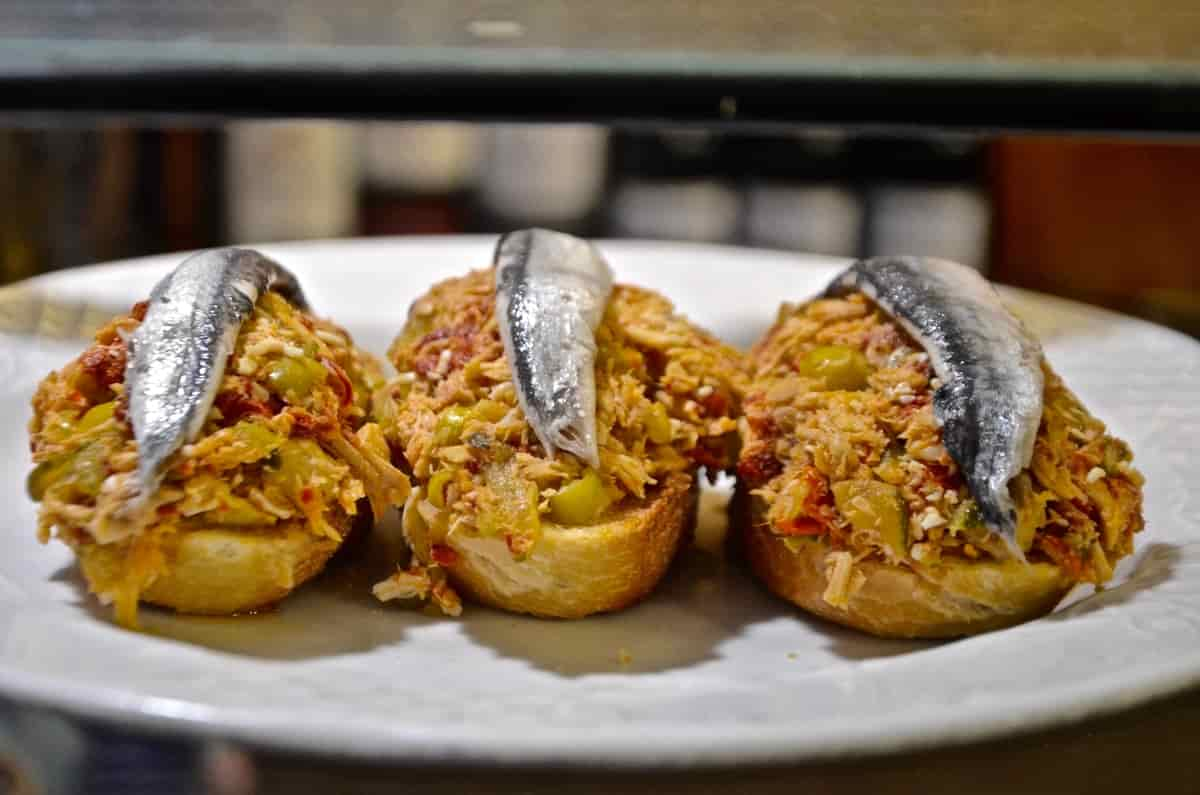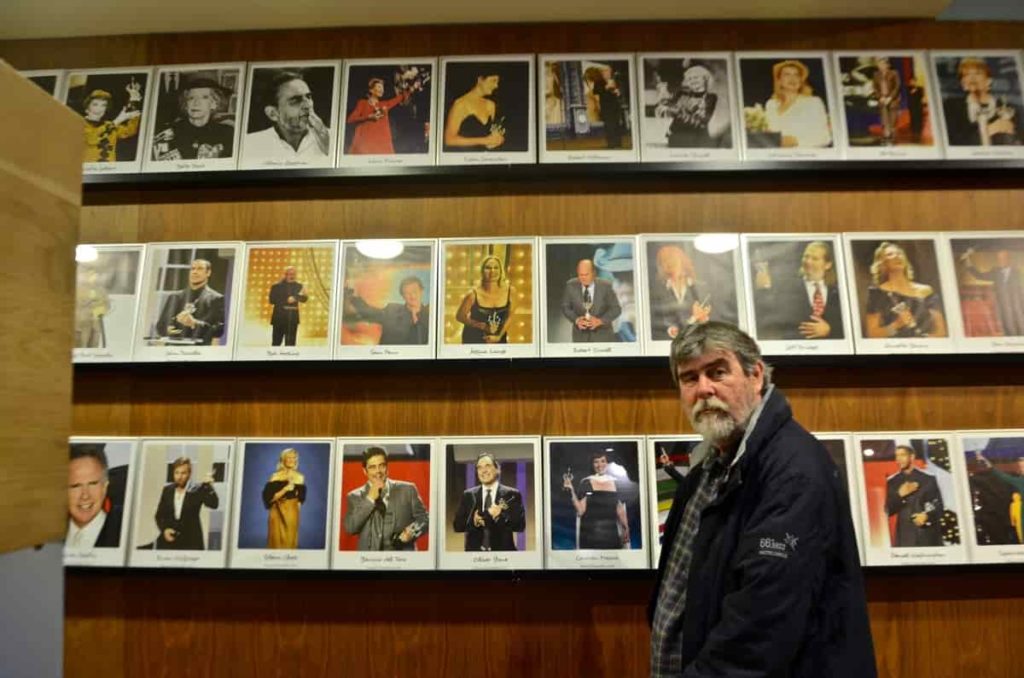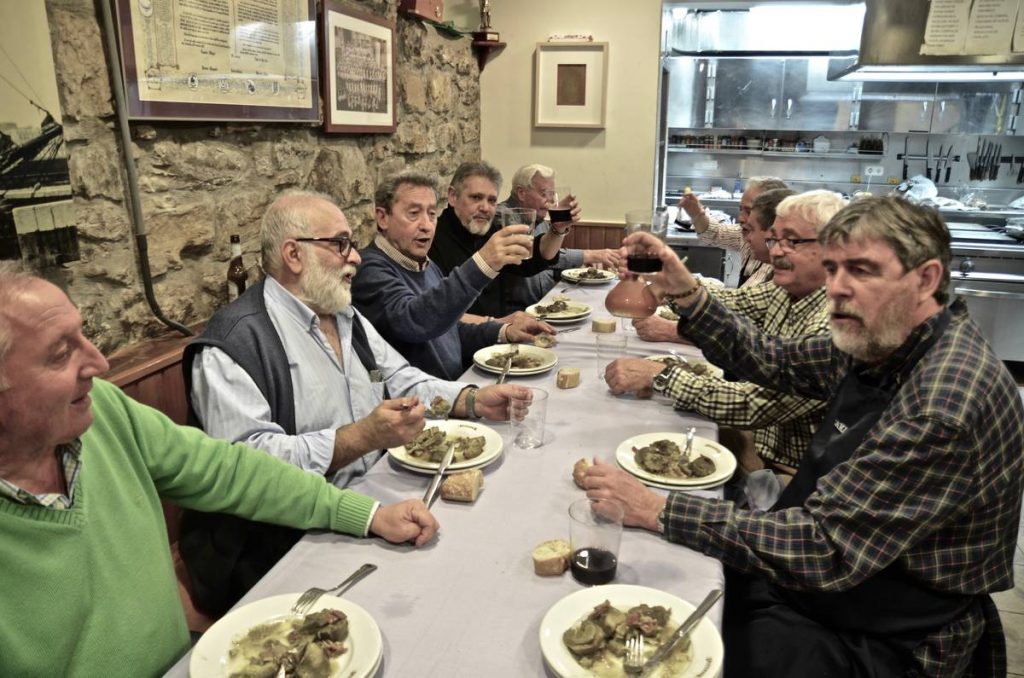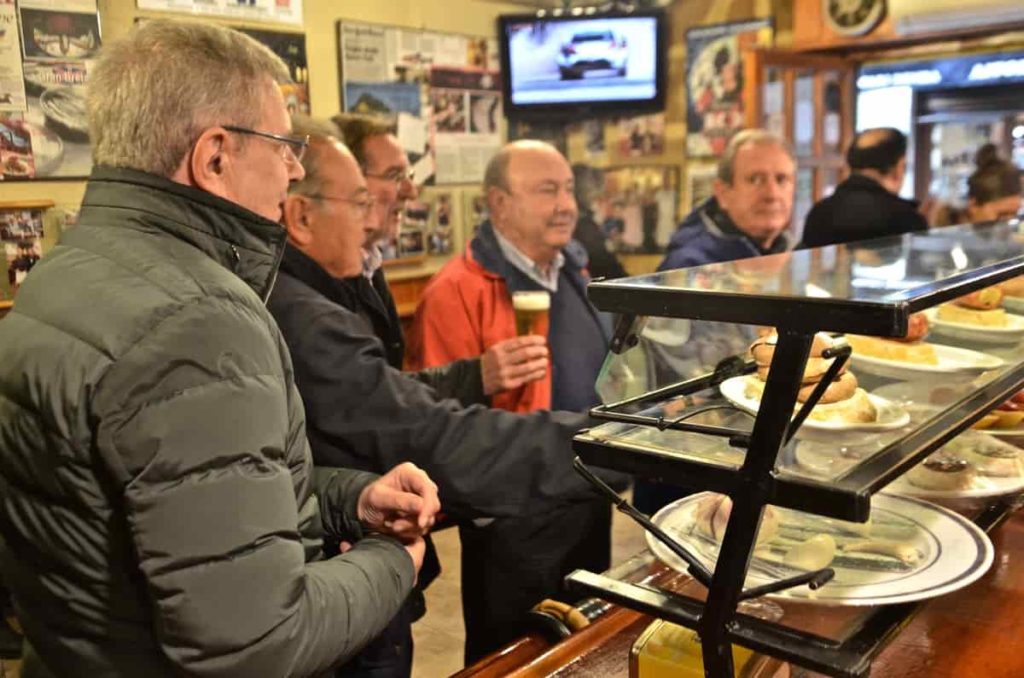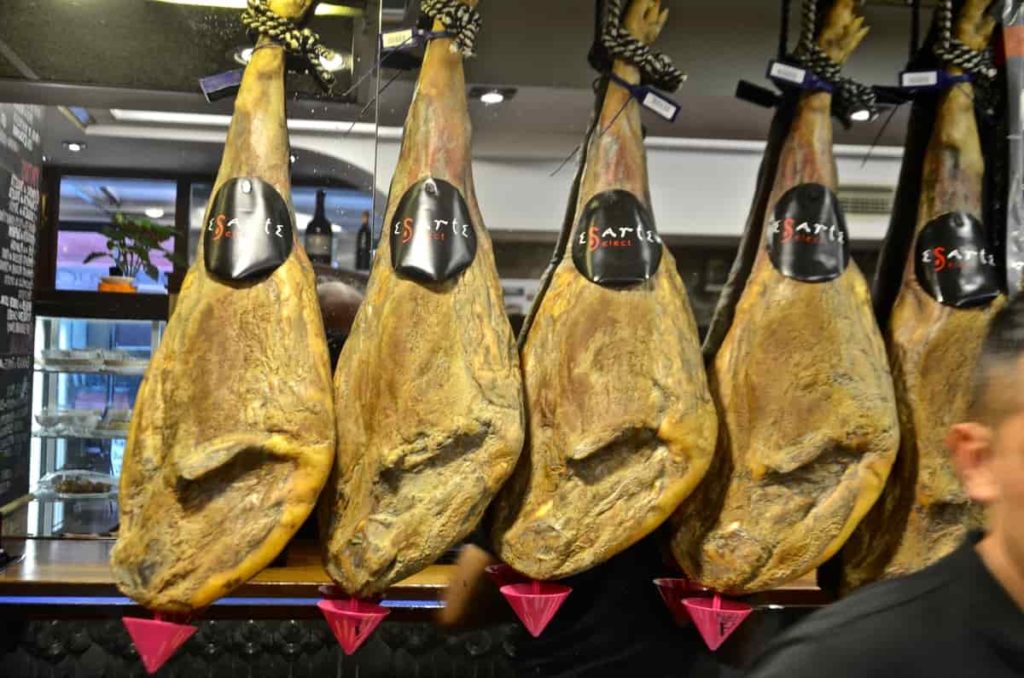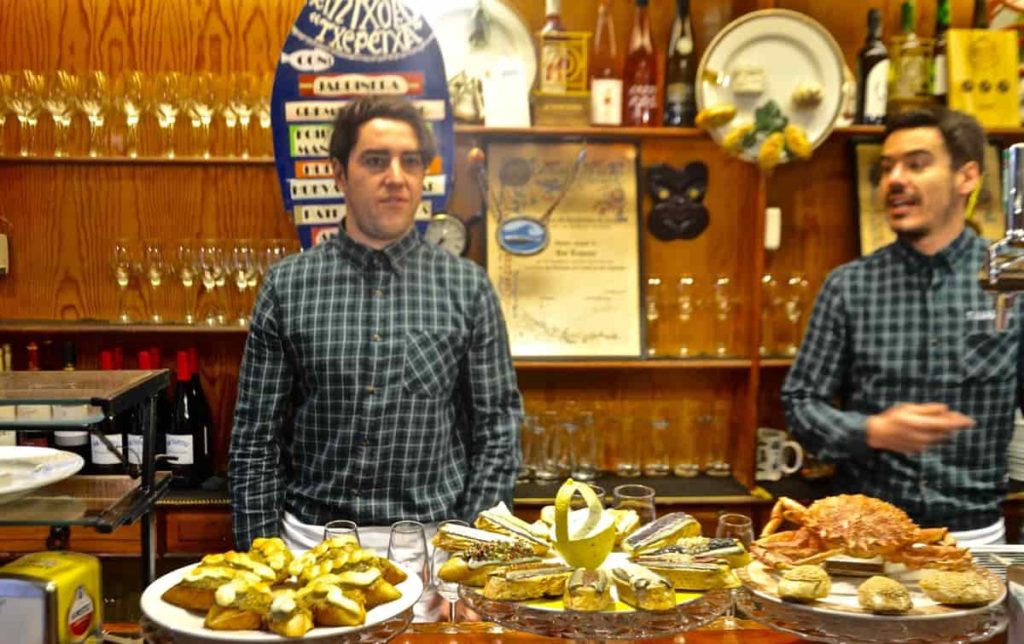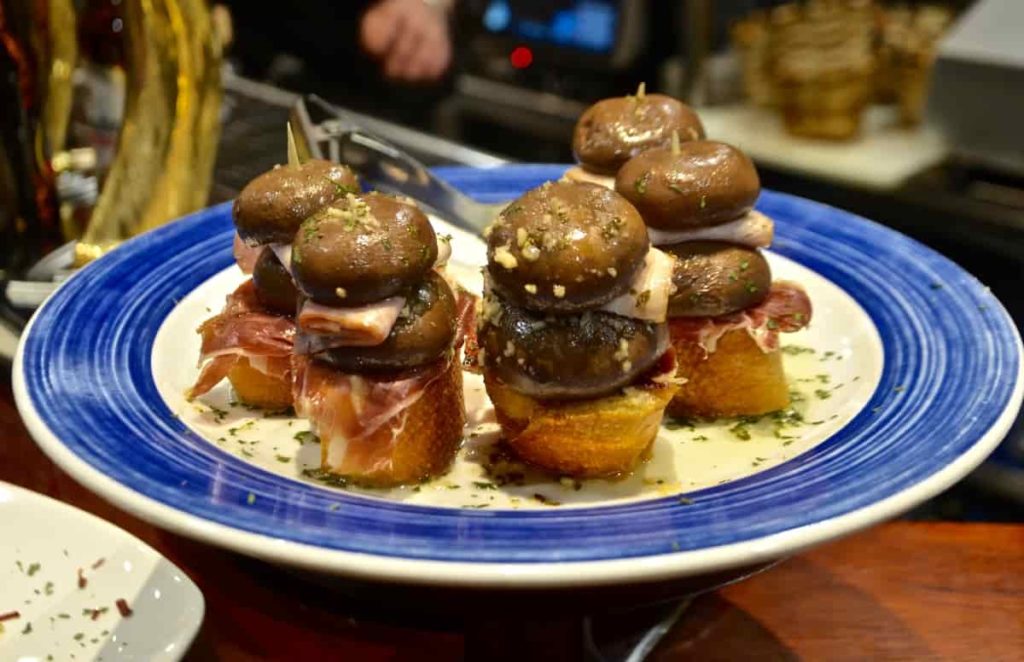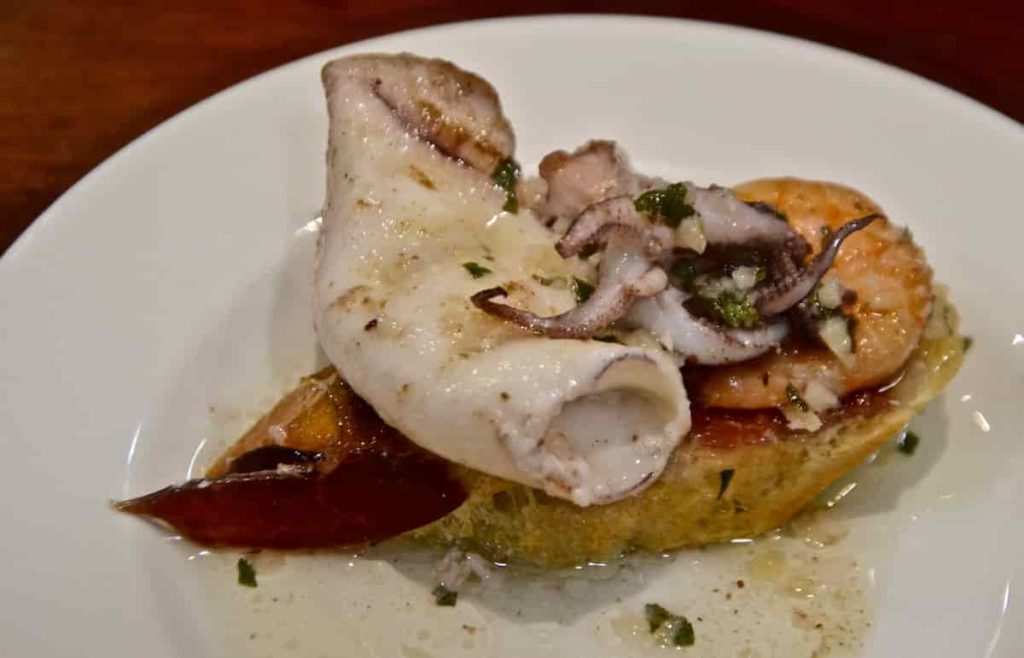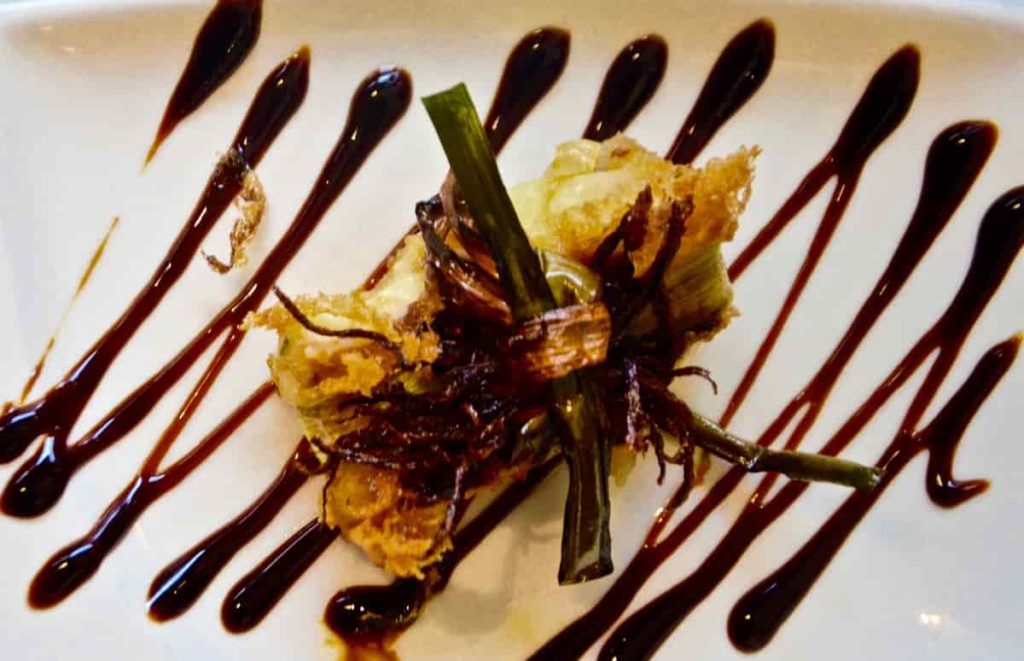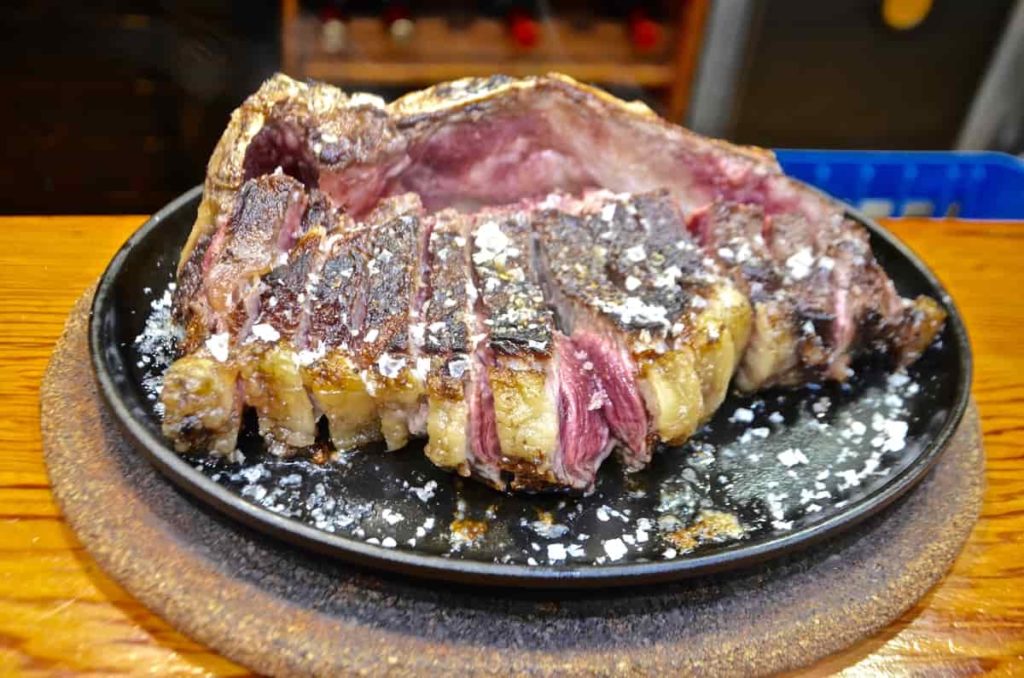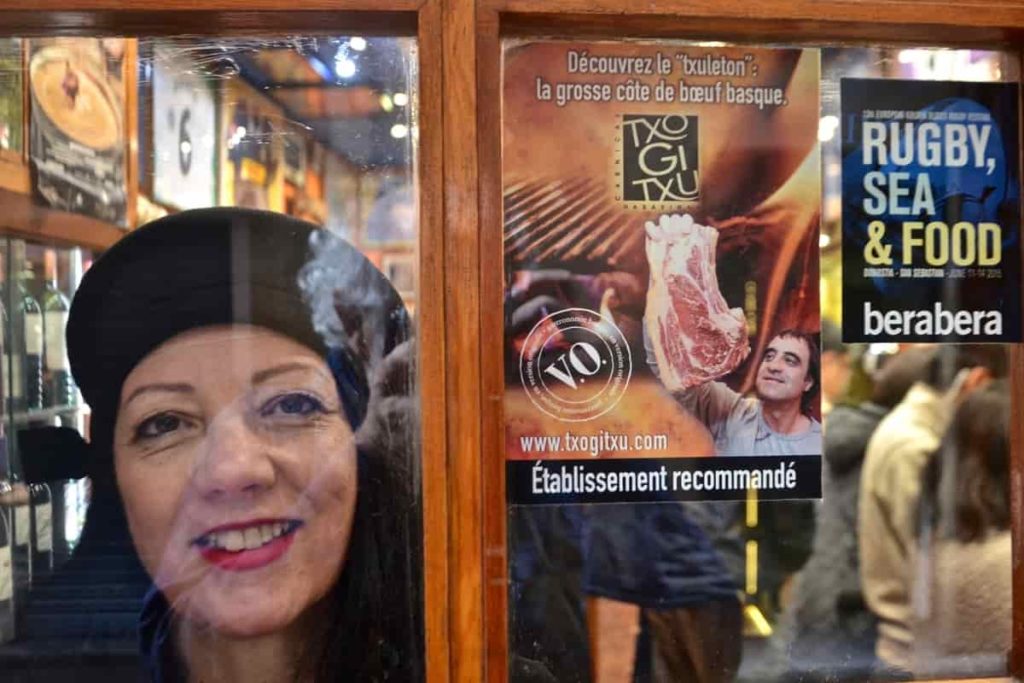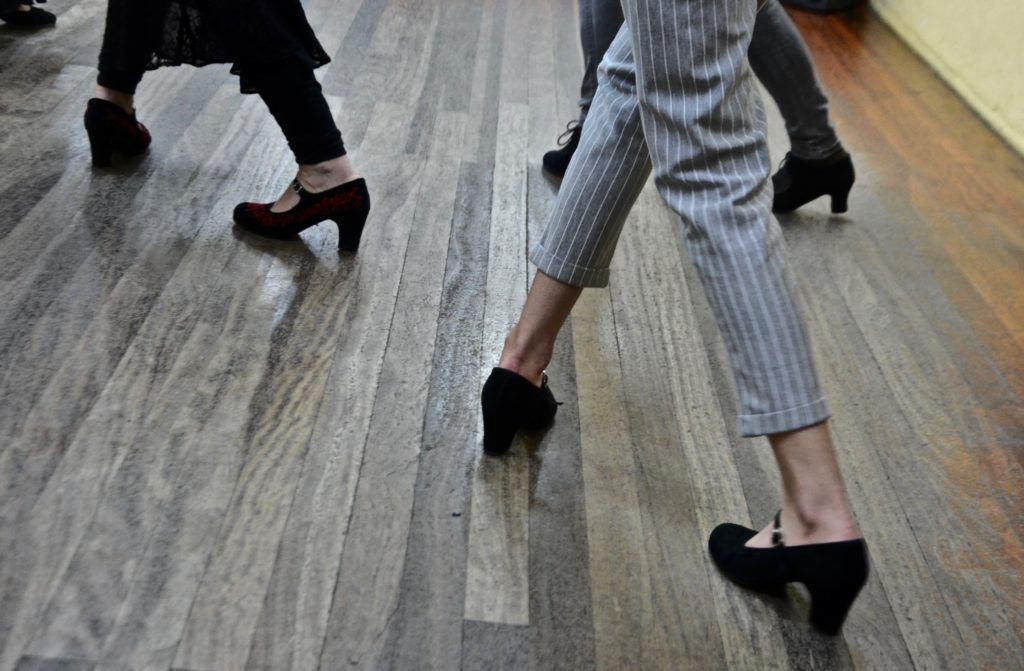On March 21, the day of the vernal equinox, I celebrate 65 years of life, a significant day, because I typically retire, with all the collateral benefits, reduced tickets at the public transport, museums, etc. and the many more collateral losses, such as "tell me George" cut, from now on "sir Pitta ”, the last concession of“ Mr. George ”…
The friend o Hans Horms, German, Doctor of Sociology, lover of gastronomy and pioneer of gastronomic tourism, the most beloved and popular tour guide of the Germans in San Sebastian for thirty years, being aware of my thoughts, invited me to spend a day retired in his city and to see things from their pleasant point of view.
My morning awakening started on a cloudy day, the previous day it was 24 degrees, yesterday it was 9 degrees, but the view of the Atlantic from the Art nouveau apartment building was magical, as well as the feeling that you are hosted in such an aesthetic space.
After the homemade coffee, visit the Local Tourism Office, to be informed about current events, especially gastronomy. To remind my friends, those who have not read my articles, "The city of San Sebastian", "The gastronomy of San Sebastian", "The pintxos bars of San Sebastian", "The gastronomic clubs of San Sebastian", that San Sebastian is the capital of world gastronomy, with the following performances:
World champion in relationships number of Michelin stars per inhabitant, 30 stars per 186.000 inhabitants, and gastrobar number per inhabitant. Where outside of numbers and statistics the city lives with and for good food, and of course she is a champion in many ways quality data related to quality of life.
The events that take place for gastronomy are numerous with emphasis, not on the useless competitions of the young chefs, but mainly, on the social role of gastronomy, on "You are what you eat and how you eat it", in the food of 100 miles, in the relationship of locality and globalization. There are forms that inform you, for all the events, but also for all the gastronomic data of the city.
And after drinking our coffee, in Astoria 7, a hotel of celebrities, together with Hitchcock, we entered the daily life of a typical retiree of San Sebastian, because that was the main reason for our trip. The international information, for the optimal management of the pensionable time!
The good retired man in San Sebastian will go to his club in the morning, meet his friends, talk about everything except politics (political discussion is prohibited in clubs, so simply our Basque friends solved the issue). He will schedule the big weekly dinner, have breakfast, or snack and then start the walk. Gastronomy unites. Their motto is: "The happiest moments of life are the ones we spend around a table with friends" and the greetings between the members are done not by handshake but by a collision of the stomachs!
The most beautiful walk takes place in the old town, between the squares Piaza Trinidad, Piaza Constitution, between the two bays of the city, where the pintxos Bar are located next to each other. Here, the groups of retirees spin around 4-8 people per group and hail the alleys, visiting their friendly shops during the day, usually drinking only a small glass in each of them. Txakoli, a local sparkling fresh white wine. So the walk, with 1 euro each glass of wine - or beer alternatively - with a budget of 5 euros, you make your day and your fun.
My own walk with Hans' retired friends - and this retiree is typical, but he will work, because he likes it a lot, as long as he can handle it, and he has a lot - had a difference. Having in hand an excellent gastronomic guide of the city "The pintxo trail - Guide to 100 bars in San Sebastian, their best tapas and recipes" We also tried the most popular meze, tapas to form our taste buds.
The Txyleta bar, plaza de Trinidad 2 is a new bar, created by Ander Esarte, its chef Real Madrid and Marian Carmendia. Its appetizers are around porcini mushrooms, vegetables, cold cuts, grilled meats and foie gras.
A sought after meze is Beef rib chop croquette a delicious meat croquette made with beef, leek, onion, carrot, then takes the form of béchamel and is surrounded at the end by the cake and egg and fried in hot oil.
,
It is worth noting - so as not to miss us - that all this trend of pinxtos bars, does not last more than 20-30 years, and was a choice of local shopkeepers, to invest in gastronomy and to build their identity and uniqueness. This is confirmed by the dates of all these 100 pintxos-bars that the guide advertises; most of them were created between 1990 and 2010. Why well the 20 Michelin stars that serve gastronomic travelers, and receive about 300 customers a day. San Sebastian's reputation was built equally but it can also, mainly, from the quality, the ingenuity of the tapas, the flavors that are eaten by hand, at a cost of 2 euros and seduce the 20.000 visitors who visit them daily.
The Txepetxa bar, Pescaderia 5, is a bar opened by Josetxo Maranon in 1973 with his wife and is considered the museum of anchovy, because it presents more than ten recipes in appetizers used by this little fish. In fact, in the first Tapas-Pinxto competition in 1997 with his anchovies, he won the first three prizes, Gold, Silver and Bronze.
In 2003, after his death, the son of the chef took over the store Manu Maranon and continues the tradition. His anchovies are "Anchovies with spider crab", "Anchovies with blueberries", "Anchovies with sea urchin", "Anchovies with tuna, olives and pickled peppers" and his great success "Anchovies with garden garnish" where the anchovy is accompanied by onions, green and red peppers, oil and vinegar.
Seafood, crabs, small squid, shrimp, anchovies, scallops, undercooked or simply marinated, are used in many combinations and often mixed with ham (Iberian ham)
Here on toasted bread, ham and garlic mushrooms, leaning on an impressively beautiful dish.
The Mason Martin, Elcano 7, is located in the city center, on a busy street and has been operating since 1996, as a bar and restaurant with bigger appetizers. His proposal is a fishing boat "Trainer (Fishing boat)". Place the Iberian ham, a baby squid, a shrimp, oil, white wine and vinegar, garlic and parsley on the toasted baguette.
Of course there is no bar that does not serve his tortilla with the combinations he considers necessary
For the Potato Tortilla, things are simple, because materials need eggs, potatoes, onion, zucchini, green pepper and salt. Of course all its quality will come from the hand of the cook. In general, the tortilla looks like ours, in the fact that the potatoes and onions are cooked before being mixed with the egg. The right tortilla, however, must be juicy inside and not dry.
The Bar Haizea, Aldamar 8 (Old town), long before tapas bars became fashionable, had been known for its delicacies since 1982, but without becoming very popular, something it achieved when by chance much later, the famous traveler chef fell on him. Anthony Burtain who highlighted this and that Txacoli, the sparkling wine of the Basques. An interesting meze is its "Salt cod in brickpastry" a jewel of aesthetics and taste.
|
One of the oldest Pintxos Bar since 1980 is Nestor, Pascaderia 11 (Parte Vieja), when the brothers Nestor and Tito Morais took over, and from a dancing club, turned it into a gastro bar. The shop specialty is tortilla. Only the brothers make only two big ones a day. One at 12.00 and the other at 20.00 and whoever saw the Lord got it! If you do not catch it, because you have to get up half an hour earlier and order it, there is a way to comfort yourself!
Basque beef is known for its taste, because it has enough fat in its meat. We ordered one 800 gram steak and although I was sad to lose the tortilla, I consider myself to have eaten the tastiest meat of my life.
I forgot to tell you that while waiting for the delicious steak - delicious, because everyone around us ate similar pieces - Nestor offered some local tomatoes, of incredible sweetness, but also of acidity at the same time, with afrina salt and plenty of olive oil, a the red wine Rioja. Apotheosis of pure flavors.
Finishing our meal with the unique "Large boeuf Basque city" -Basic beef steak- we had a pleasant surprise.
Hans's wife's flamenco school would not be missing from the holiday, Angela Cruces -involves the Basques in the secrets and magic of Andalusian dance- as well as she wanted to contribute in her own way to my upcoming anniversary. Needless to say, Angela ate and drank little because of her lesson.
The flamenco is a genre of music and dance that was first used in the 19th century and incorporates a cultural tradition that originated in the Andalusian region as a separate subculture of gypsies centered in Seville, Cadiz and Malaga and was unpopular. at that time in the middle and upper social class, but then developed into a characteristic part of the culture of the whole of Spain.
Flamenco was created from the unique coexistence and mixture of Arab, Andalusian, Sephardic and Gypsy culture in the region of Andalusia before and after the Reconquista (Reconquest), the historical period during which the Christian kings recaptured Spain from the Muslims. A characteristic musical instrument is the flamenco guitar.
The song is mainly improvisations that reflect the various difficulties that the people have gone through over the centuries. At the end of the 18th century, flamenco began to be performed in taverns with guitar accompaniment, while the dancer (ballaor / ballaora) was soon added.
There were also people who gave the rhythm either with clapping or fingering, while a key component of flamenco dance is the sound from the dancers' feet (soniquete) and their sharp pacing (zapateado). Women's dance highlights the grace of the body and hands. In 2010 UNESCO included flamenco in the List of Intangible Cultural Heritage of Humanity at the request of Spain.
Of course it was a great pleasure, to be lucky to watch, all the effort of Basque women of all ages, to discipline their body and express themselves dance.
In closing, I would like to draw some conclusions, ethical and practical:
- The years of my retirement… (euphemistically) I have the impression that based on these experiences I hope to spend them with high wisdom and maximum wisdom and even more enjoyment.
- The issue of gastronomy in Greece will not be played only regionally, where people can build relationships of mutual aid, mutual understanding and collective creation.
- It is not enough to think that we are something - if we are - as a place, as entrepreneurs, but we should be to be perceived by our potential customers as well.
- To do this we must utilize our gastronomic heritage and to tell our story in our own words, because otherwise others will tell us and not of course in the way we would like…
- Gastronomy is the best way to enter the heart of everyday life of each place.

